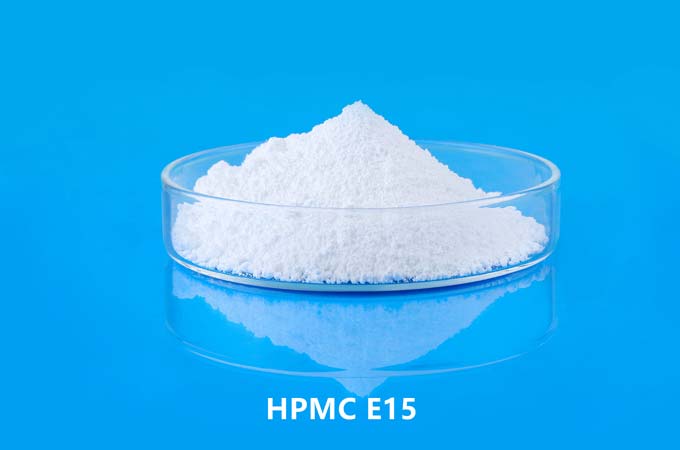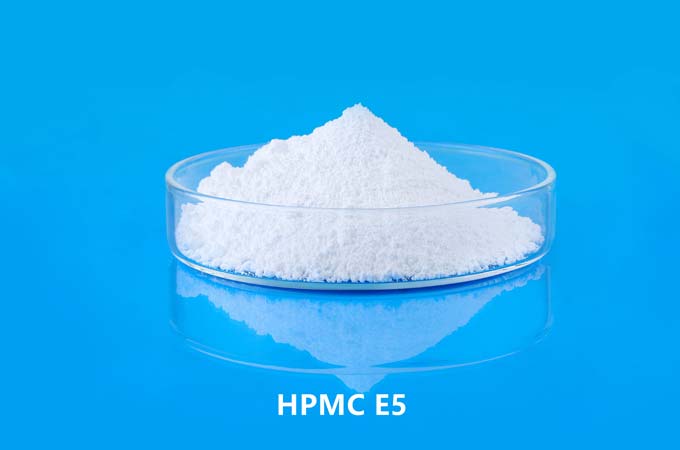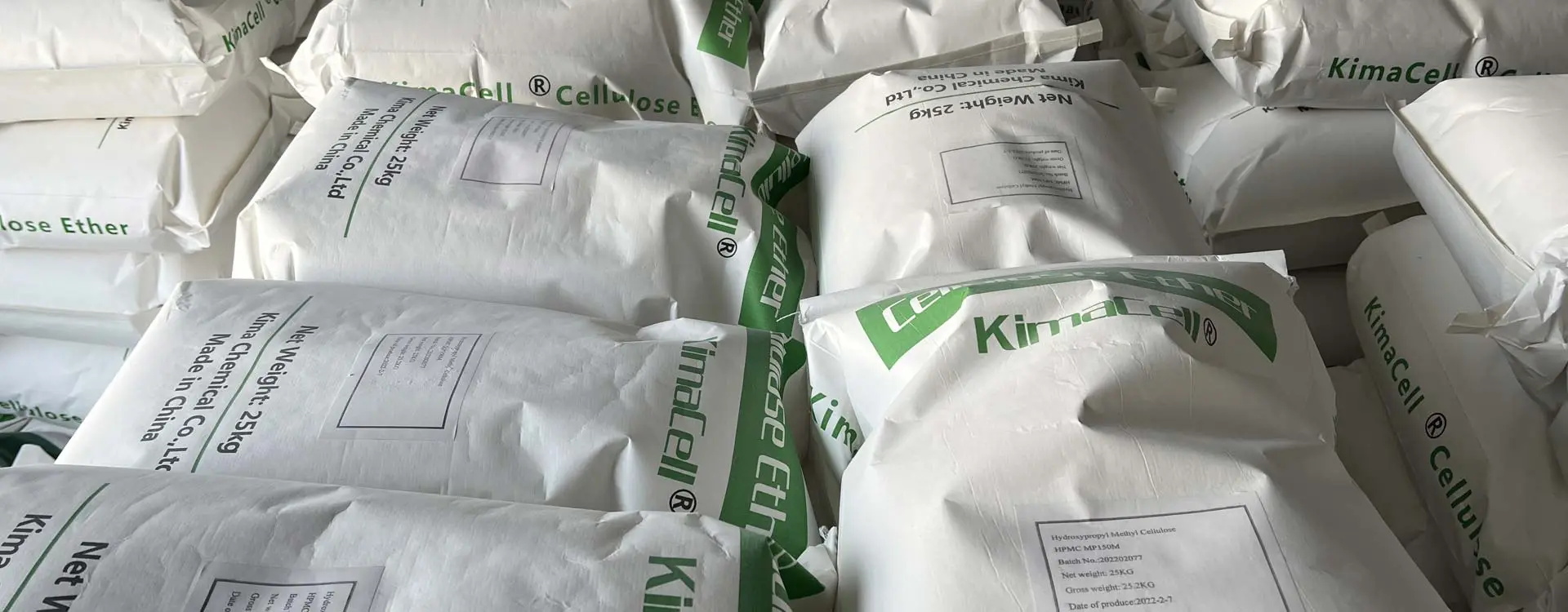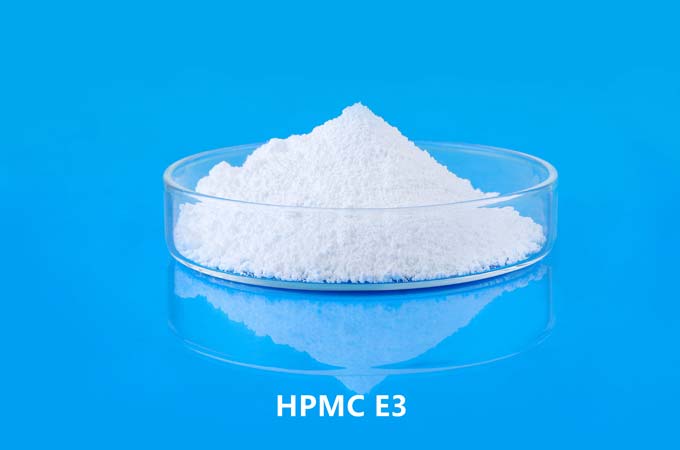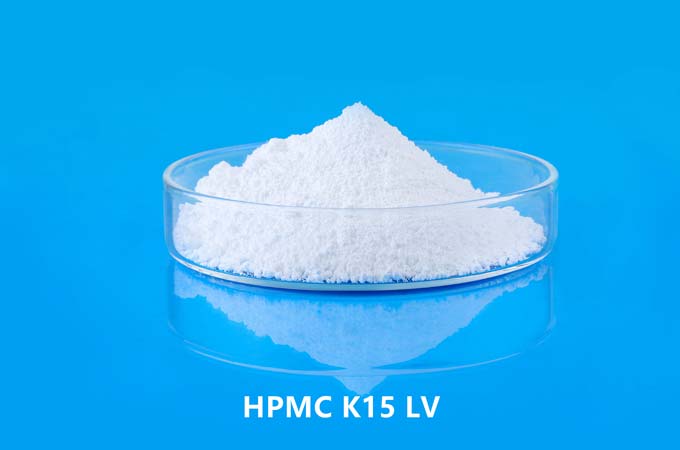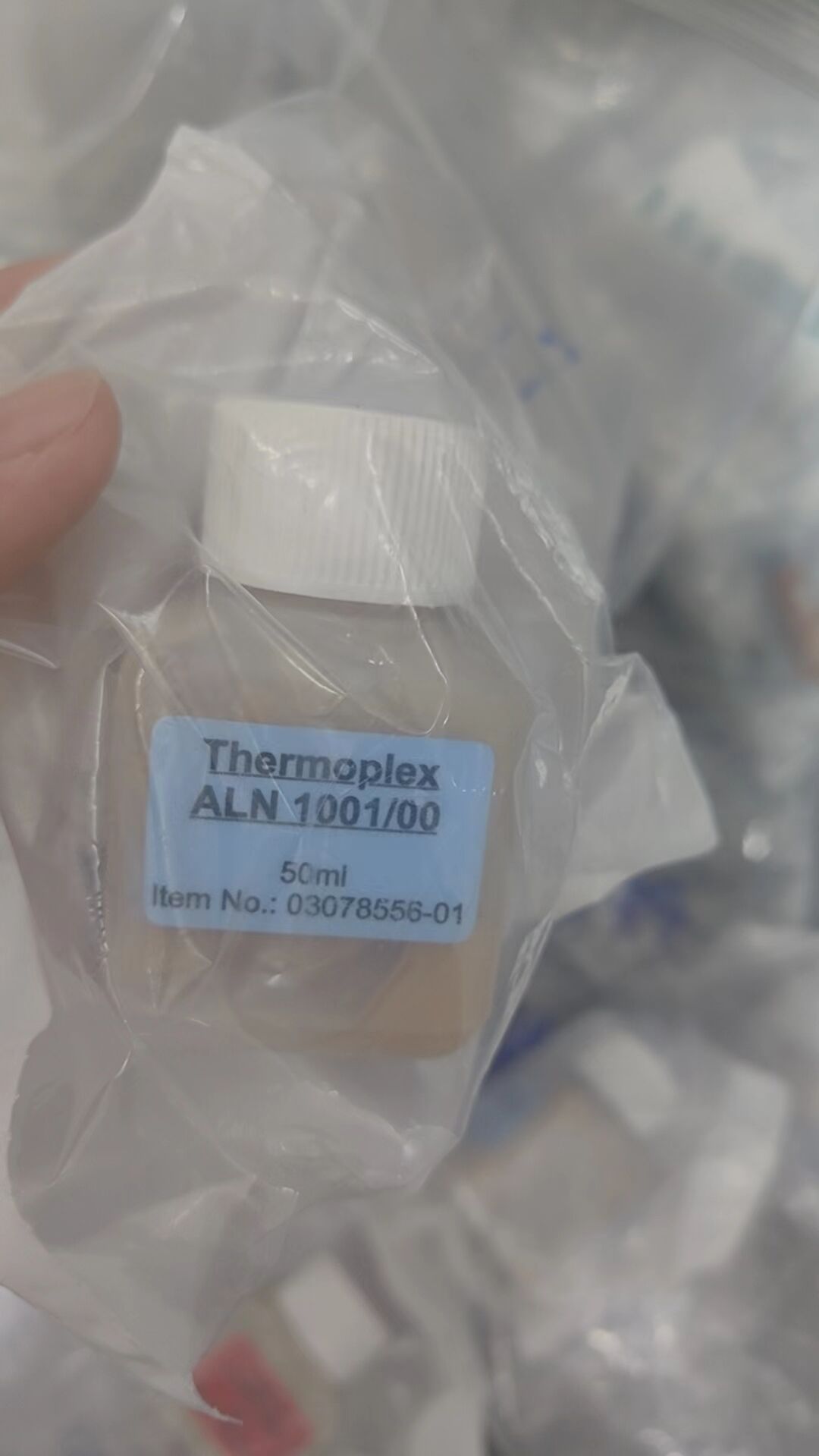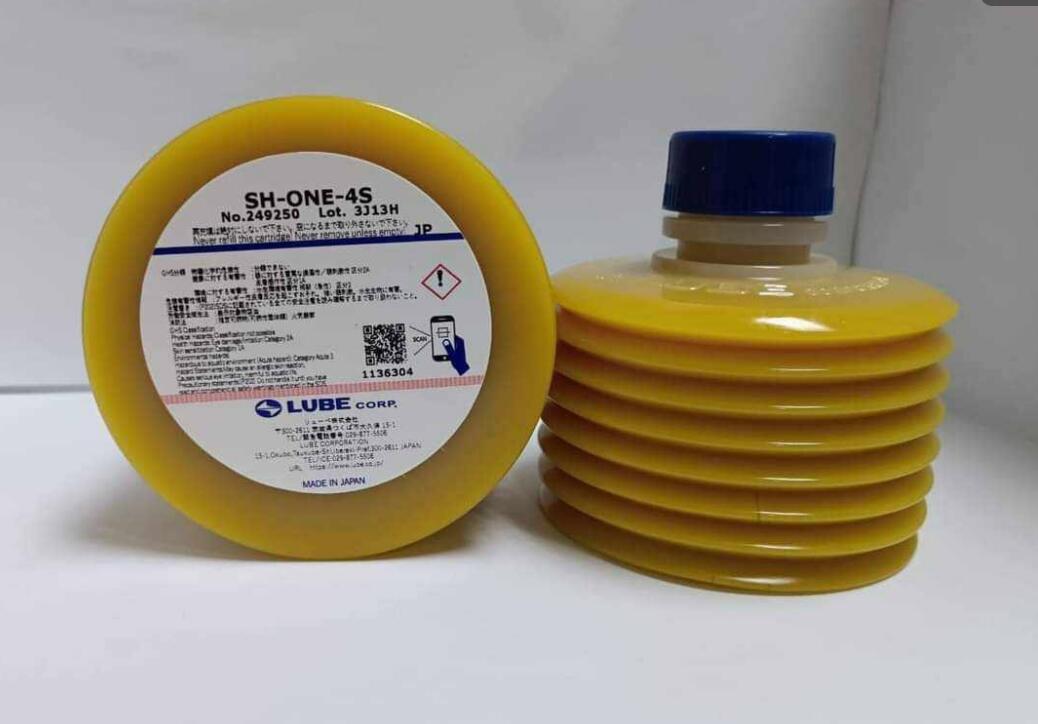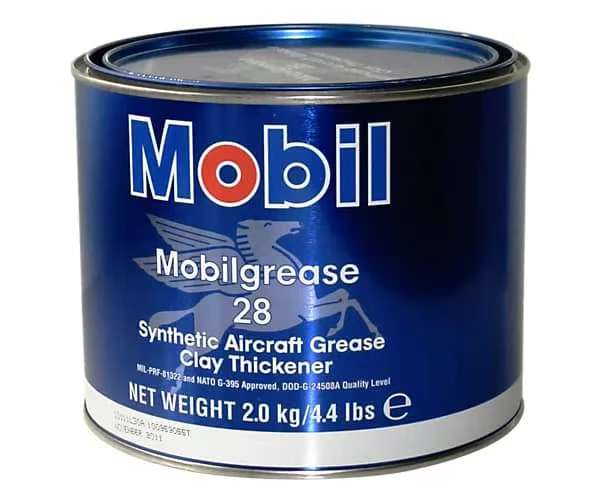HPMC E15
KimaCell®HPMC E15 Hydroxypropylmethylcellulose is a water-soluble cellulose polymer that helps optimize the solubility enhancement of poorly soluble drugs by maintaining a stable solid dispersion and inhibiting API crystallization.
More sophisticated drug discovery techniques have resulted in pipeline compounds requiring enhanced solubility to achieve therapeutic efficacy. Solid dispersion is one of the key technologies for formulating oral solid dosage forms containing APIs with bioavailability challenges. HPMC E15is specifically designed for the production of solid dispersions in the pharmaceutical industry by spray drying or hot melt extrusion.
HPMC E15 Properties
|
HPMC E15 |
|
|
Hydroxypropyl Methyl Cellulose (HPMC) |
|
|
Physical Analysis |
|
|
Appearance |
White to slightly off-white fibrous or granular powder. |
|
Identification A to E |
Conform |
|
Solution appearance |
Conform |
|
Methoxy |
|
|
Hydroxypropoxy |
|
|
Loss on drying |
|
|
Residue on ignition |
|
|
pH |
|
|
Apparent viscosity |
12-18cps |
|
Particle size |
|
|
Heavy Metals |
|
|
Heavy Metal |
≤10ppm |
|
Arsenic |
≤3ppm |
|
Lead |
≤3ppm |
|
Mercury |
≤1ppm |
|
Cadmium |
≤1ppm |
|
Micro bacteria |
|
|
Total plate count |
≤1000cfu/g |
|
Yeast and Mould |
≤100cfu/g |
|
Coli form |
Absent/g |
|
Salmonella |
Absent/g |
HPMC E15 Viscosity
HPMC E15 refers to Hydroxypropyl Methyl Cellulose with a nominal viscosity of 12.0-18.0 centipoises (cPs). The viscosity of HPMC E15 can vary slightly depending on the concentration and temperature of the solution it is dissolved in. However, the nominal viscosity value of 12-18 mPa.s provides a general indication of its viscosity range.
Viscosity is a measure of a fluid's resistance to flow. In the case of HPMC E15, the higher viscosity indicates that it forms a more viscous solution compared to lower viscosity grades of HPMC. This property makes it suitable for applications that require thicker and more stable formulations.
It's important to note that the viscosity of HPMC E15 can be further adjusted by varying the concentration of the HPMC powder in the solution. Higher concentrations of HPMC will generally result in higher viscosity solutions.
When using HPMC E15 in formulations, it is advisable to consult the manufacturer's technical data sheet or product specifications for precise information on viscosity and recommended usage levels. The technical data provided by the manufacturer will offer detailed information on the viscosity range, methods of measurement, and guidelines for formulating with HPMC E15.
HPMC E15 Uses
KimaCell® HPMC E15 is widely used in pharmaceutical excipients.
Tablet adhesive
HPMC E15 can be used as a binder for wet granulation of tablets at 3-5% of the finished tablet weight. HPMC E15 produces stronger granules compared to granules made with HPMC E15, which means that disintegration and dissolution times may be affected as harder tablets are produced.
Thickener and suspending agent
HPMC E15 can be used as a viscosity modifier in many cream, ointment, suspension formulations, including ophthalmic formulations.
KimaCell E15 grade is used in systems where high transparency is required and ease of filtration is an important parameter.
As one of cellulose ether suppliers, we will do our best to meet all the needs of customers.
Send product request
Other supplier products
| HPMC E5 | KimaCell®Hypromellose E5is pharma grade hydroxypropyl methyl cellulose, pharmaceutical excipients play an important role in the development and... | |
| Hydroxyethylcellulose in Skin Care | Hydroxyethylcellulose in Skin Care Hydroxyethylcellulose for skincare is a cellulose thickener, emulsifier, and a stabilizer, which helps to cre... | |
| HPMC for Detergent | HPMC (Hydroxypropyl methylcellulose) is a commonly used additive in detergents to improve their performance and quality. HPMC is a water-soluble... | |
| HPMC E3 | KimaCell®HPMC E3is pharmaceutical excipient grade hydroxypropyl methyl cellulose, hypromellose, is a cellulose-based polymer for film coating, ... | |
| HPMC K15 LV | KimaCell®HPMC K15LV Hydroxypropyl methyl cellulose, also known as cellulose hydroxypropyl methyl ether, is prepared from cellulose through ethe... |
Same products
| LUBCON Thermoplex ALN 1001/00 50ml Oil Original New | Seller: Guangdong Juguangheng Automation Equipment Co.,Ltd. | Lubcon THERMOPLEX ALN 1001/00is a synthetic semi-fluid gear grease can be used on ASM Siemens mac... | |
| Kluberoil Lamora D 220 30ml Original Oil | Seller: Guangdong Juguangheng Automation Equipment Co.,Ltd. | Our oils offer excellent lubricity also at low sliding speeds, enabling constant and precise feed... | |
| LUBE SH-ONE-4S 400G for Fanuc Machines | Seller: Guangdong Juguangheng Automation Equipment Co.,Ltd. | Lubecorp part number 249250 is a 400ml bellows style cartridge often times used in autolube appli... | |
| Mobil Grease 28 Synthetic Aviation Grease | Seller: Guangdong Juguangheng Automation Equipment Co.,Ltd. | Mobil grease 28is a high performance, antiwear grease. Available as a cartridge,2kgcan, 16kg pail... | |
| Kluber Isoflex Topas NCA 5051 50ml Original Lubricants | Seller: Guangdong Juguangheng Automation Equipment Co.,Ltd. | ISOFLEX TOPAS NCA 5051is a beige synthetic long homogeneous and short fiber. It consists of a syn... |









